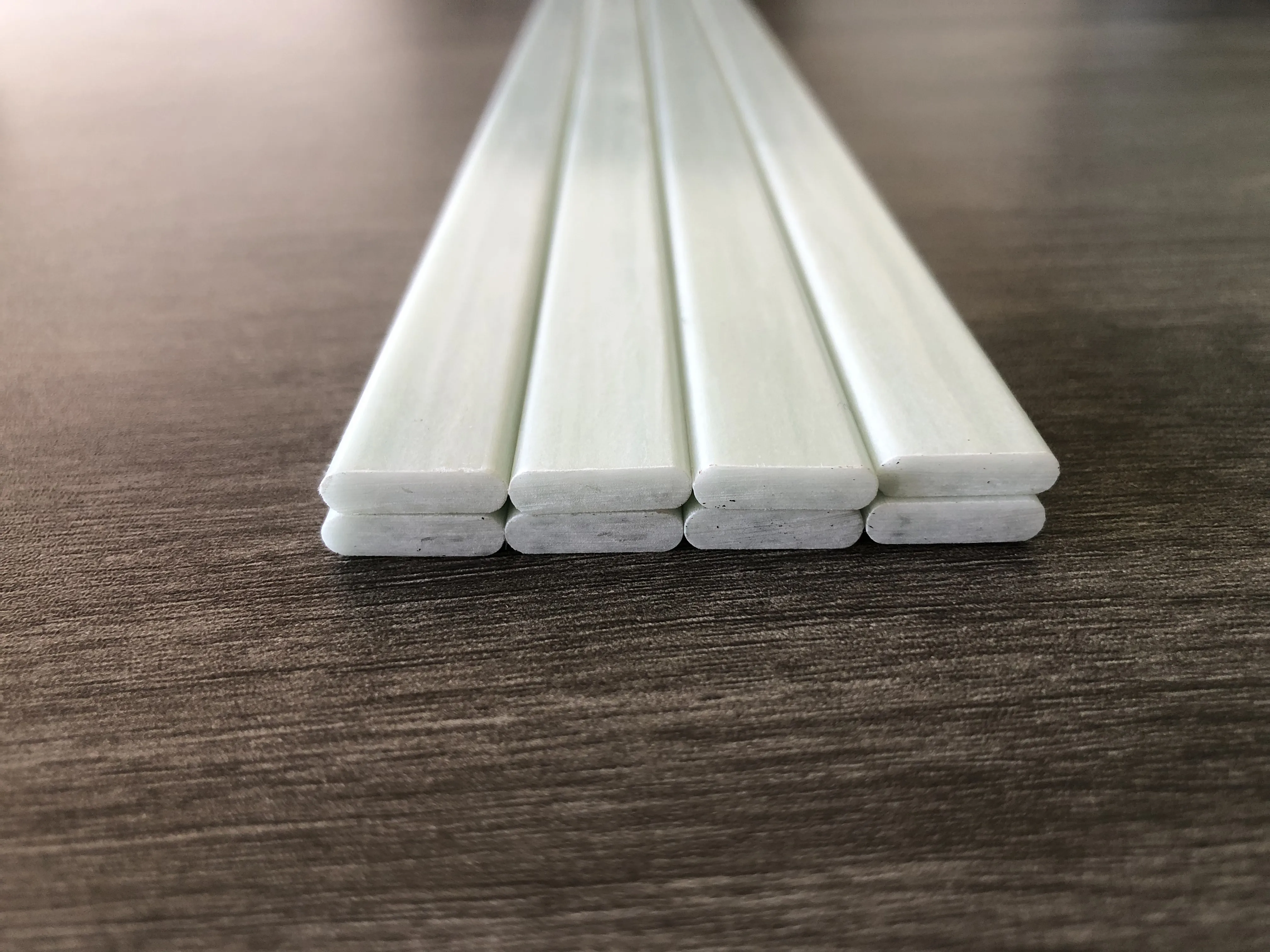loading...
- No. 9, Xingyuan South Street, Dongwaihuan Road, Zaoqiang County, Hengshui, Hebei, China
- admin@zjcomposites.com
- +86 15097380338
- Welcome to visit our website!
frp flat bar
Understanding FRP Flat Bars Applications and Benefits
Fiber Reinforced Polymer (FRP) flat bars have emerged as a significant innovation in the field of materials engineering. These composite materials, made by combining a polymer matrix with reinforcing fibers, offer a variety of advantages over traditional materials such as steel and aluminum. The unique properties of FRP flat bars make them suitable for diverse applications across multiple industries, including construction, transportation, and manufacturing.
What Are FRP Flat Bars?
FRP flat bars are essentially strips of composite material that possess a flat profile. They can be designed in various dimensions, including width, thickness, and length, depending on the intended application. The most common reinforcing fibers used in FRP materials are glass, carbon, and aramid, each contributing unique characteristics to the final product. The polymer matrix—often made from epoxy, vinyl ester, or polyester—serves to bind the fibers together, providing structural integrity, durability, and resistance to environmental challenges.
Key Benefits of FRP Flat Bars
1. Corrosion Resistance One of the most significant advantages of FRP flat bars is their ability to resist corrosion. Unlike traditional metals, which can rust and deteriorate over time when exposed to moisture and chemicals, FRP materials remain unaffected by these environmental factors. This makes them ideal for use in harsh environments such as coastal areas, wastewater treatment plants, and chemical processing facilities.
2. Lightweight FRP flat bars are considerably lighter than steel or aluminum bars, making them easier to handle and install. This lightweight nature not only reduces transportation costs but also alleviates the load on structures, enhancing overall efficiency. For applications such as bridge construction or aircraft manufacturing, the reduced weight can significantly improve performance.
3. High Strength-to-Weight Ratio Despite their lightweight characteristics, FRP flat bars provide an impressive strength-to-weight ratio. This means they can bear significant loads without compromising structural integrity. Consequently, engineers can design lighter and more efficient structures without sacrificing safety or performance.
frp flat bar

4. Thermal and Electrical Insulation FRP materials are poor conductors of heat and electricity, which makes them ideal for applications requiring thermal or electrical insulation. This property is particularly valuable in the electrical industry, where FRP flat bars can be used as support structures for electrical installations without risking shorts or overheating.
5. Design Flexibility The ability to customize FRP flat bars in terms of strength, flexibility, and shape offers designers a wide range of possibilities. They can be tailored to meet specific project requirements, providing solutions for complex engineering challenges.
Applications of FRP Flat Bars
FRP flat bars find applications in various sectors. In the construction industry, they are commonly used for reinforcement in concrete structures, bridges, and marine applications. Their corrosion resistance makes them a preferred choice in environments where traditional materials would fail. In the transportation industry, FRP flat bars are used in the manufacture of lightweight components, contributing to fuel efficiency in vehicles.
In addition to these industries, FRP flat bars are gaining popularity in the manufacturing of sports equipment and consumer products, where a combination of strength, light weight, and aesthetic appeal is desired.
Conclusion
The development of FRP flat bars represents a significant advancement in materials technology. With their unique benefits, including corrosion resistance, lightweight nature, and high strength-to-weight ratio, they offer innovative solutions across diverse industries. As environmental concerns and the need for sustainable materials continue to grow, the versatility and performance of FRP flat bars will likely lead to even broader adoption in the future. Whether in construction, transportation, or any other field, FRP flat bars are proving themselves as an essential material for modern applications.
-
The Rise of FRP Profiles: Strong, Lightweight, and Built to LastNewsJul.14,2025
-
SMC Panel Tanks: A Modern Water Storage Solution for All EnvironmentsNewsJul.14,2025
-
GRP Grating: A Modern Solution for Safe and Durable Access SystemsNewsJul.14,2025
-
Galvanized Steel Water Tanks: Durable, Reliable, and Ready for UseNewsJul.14,2025
-
FRP Mini Mesh Grating: The Safer, Smarter Flooring SolutionNewsJul.14,2025
-
Exploring FRP Vessels: Durable Solutions for Modern Fluid HandlingNewsJul.14,2025
-
GRP Structures: The Future of Lightweight, High-Performance EngineeringNewsJun.20,2025
